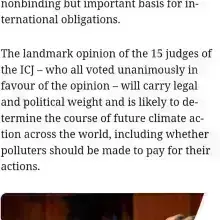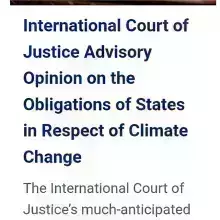MENA is turning to AI and digital innovation to enhance water reuse
IWMI’s e-ReWater MENA brought together experts to assess how AI and digital innovation can drive smarter, scalable water-reuse solutions across the region.
See the link: https://www.iwmi.org/multimedia/mena-is-turning-to-ai-and-digital-innov…



